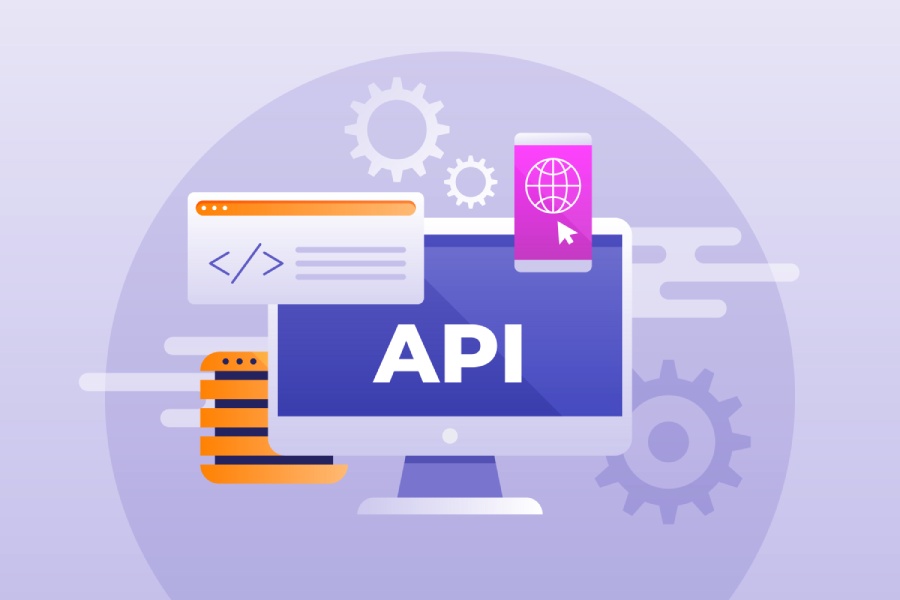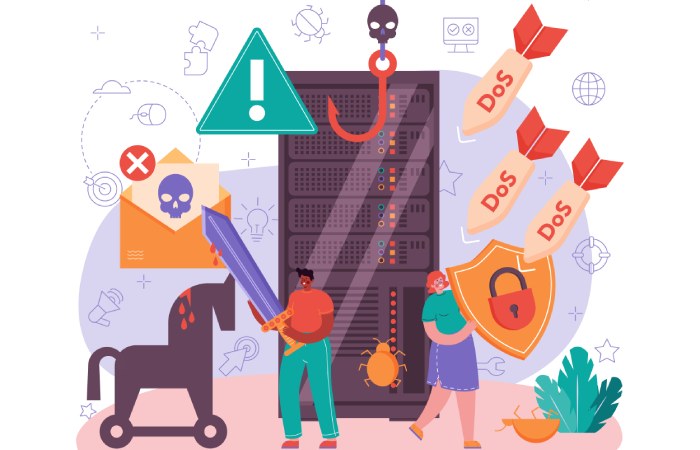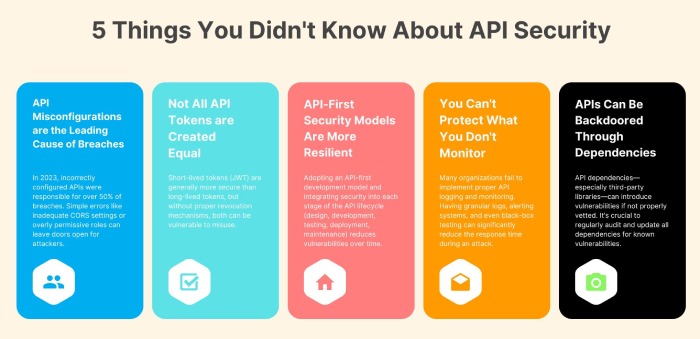India has been experiencing an alarming rise in API (Application Programming Interface) attacks, with banking and utilities sectors emerging as primary targets. APIs, the backbone of digital services and communications systems, are becoming vulnerable with each passing day.
The reason behind this increasing vulnerability is the rapid digitization across organizations. By the third quarter of 2024, Indian organizations have already witnessed almost 1.2 billion attacks, making a whopping 92% jump!
The threat actors have majorly designed DDoS attacks to target both companies and businesses. However, experts believe that their degree of sophistication is increasing with every passing day.
What are API attacks?
APIs help applications to communicate seamlessly. They are an integral part of the modern digital ecosystem. However, it is their all-pervasive nature that makes APIs a lucrative target for threat actors. Below mentioned are the four common types of API attacks:
Man-in-the-Middle (MITM)
This involves intercepting communication between APIs in order to gain access to sensitive data.
Injection attacks
This involves the exploitation of improper input validations with the purpose of inserting malicious codes.
DDoS attacks
DDoS attacks overload APIs with excessive requests to disrupt everyday operations.
Broken authentication
This involves exploiting weak authentication mechanisms, which further enables threat actors to gain unauthorized access.
What is the reason behind this sudden surge in API attacks in India?
The sudden increase in API attacks across Indian organizations is happening because of the following reasons:
Inefficient security practices
One of the biggest mistakes organizations often commit is prioritizing functionality over cybersecurity practices during API deployment. Security practices also take a backseat when companies consider cost-cutting.
The lack of an adept security mechanism is one of the biggest reasons behind the steep surge in API attacks across Indian organizations.
Drastic digital transformation
The pandemic accelerated digital adoption. In the subsequent years, nations started embracing digitization in order to follow the trend and be relevant. India, too, adopted digitization without realizing that the digitization infrastructure has yet to be developed completely. Besides, the lack of digital skills is another cause of concern.
Threat actors exploit these loopholes and plan sophisticated attacks on APIs.
State-of-the-art attack methods
Easy access to generative AI enables the threat actors to polish their attacking methods and look more professional and sophisticated. While automating tools increases the speed and frequency of attacks, generative attacks make them sound more convincing and credible.
Regulatory challenges
The lack of strict cybersecurity norms and regulations across different sectors also leaves APIs exposed. Authorities must work together to come up with policies and regulations to enhance the security systems across organizations, thereby preventing any type of API attack.
Prime targets- Banking and utilities sector
The Indian banking sector is undergoing rapid digitization. As a result, it is facing multiple challenges, the major one being API-based cyber attacks. One of the major contributing factors to this is the sensitive nature of the data. Banking APIs, more often than not, manage critical customer data such as payment information, account details, and so on.
Excessive UPI (Unified Payments Interface) payments also lead to the creation of endpoints for threat actors. Also, more and more Indian banks are collaborating with fintech companies and are adopting open banking initiatives. This further exposes APIs to vulnerabilities.
The utilities sector is equally affected by API attacks. Water, energy, and telecommunication services are the worst hit. The major reason behind this steep surge in API attacks on the utility sector is the outdated systems that multiple utility companies are still relying on. The older the systems, the weaker the API security. Also, utilities heavily rely on IoT or Internet of Things devices. Communication happens through APIs. Not to forget, the utility sector serves as the backbone of any country. This makes it a prime target of cybercriminals and state-sponsored threat actors.
How to mitigate API attacks in 2025?
The need of the hour is to put a full stop to the rising tide of API attacks. Here’s how organizations in India can adopt a multilayered security approach to combat API attacks:
Conduct security testing at regular intervals
It is important to conduct penetration testing from time to time. Also, vulnerability assessments should be an integral part of your regular business operations. That’s how it gets easier to identify risks.
Monitor API traffic closely
Invest in monitoring tools so that they help you detect any kind of unusual traffic activities and alert you about a potential API attack.
Implement API gateways
Their sole purpose is to work as a tough barrier between APIs and external entities.
Train team members at regular intervals
Conducting regular training sessions for IT teams and developers around secure API design practices can drastically reduce the chances of API attacks.
Encrypt data like your life depends on it
There are multiple protocols available, such as TLS, to help you encrypt all the API communications. This prevents any kind of unauthorized access to your organization’s API communications.
Use strong authentication and authorization
In order to prevent API attacks, it is advisable to implement authentication protocols such as OpenID Connect, OAuth etc.
The role of regulatory bodies
There’s a dire need for India’s regulatory framework to evolve and address the surging API security concerns. CERT-In (Indian Computer Emergency Response Team) and RBI (Reserve Bank of India) should:
- establish strict penalties against negligence in API security.
- mandate API security audits for critical sectors and industries.
- promote awareness campaigns about API vulnerabilities and best practices
Wrapping up!
The steep increase in API attacks across Indian banking and utility sectors is a staggering reminder that cybersecurity is no longer a luxury but a necessity. As more and more organizations are jumping onto their digital journeys, it is important to prioritize API security. This is the only way to preserve and safeguard customer trust, data integrity, and service availability.
By adopting proactive security strategies, implementing phishing protection measures, and complying with evolving regulations, Indian organizations can effectively reduce the risks of API attacks and create a robust and resilient digital ecosystem.



